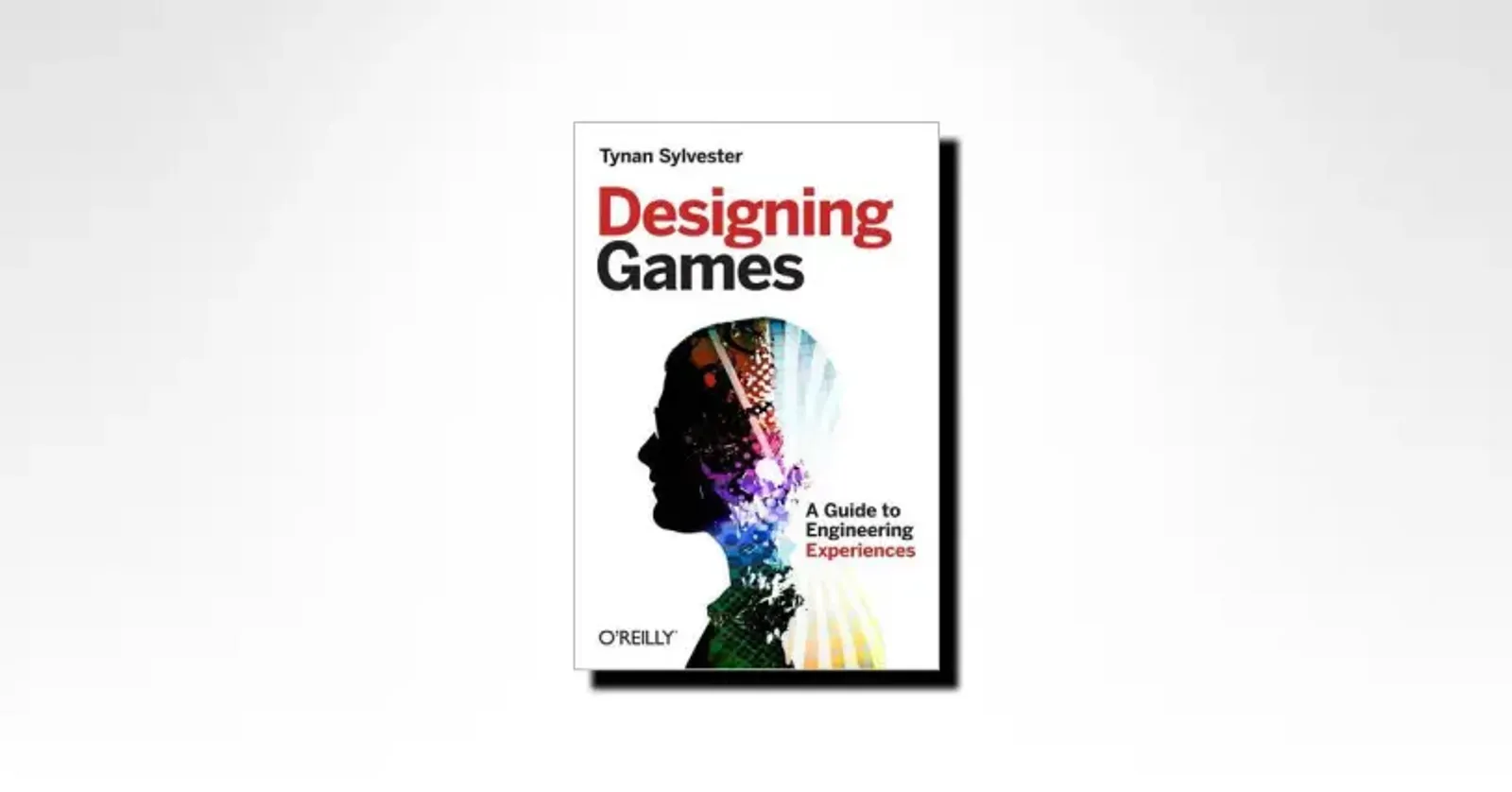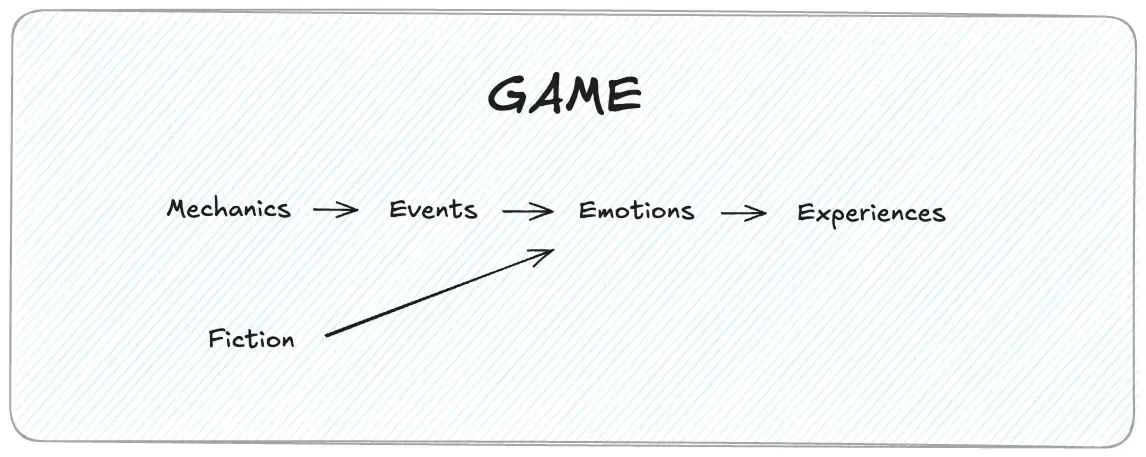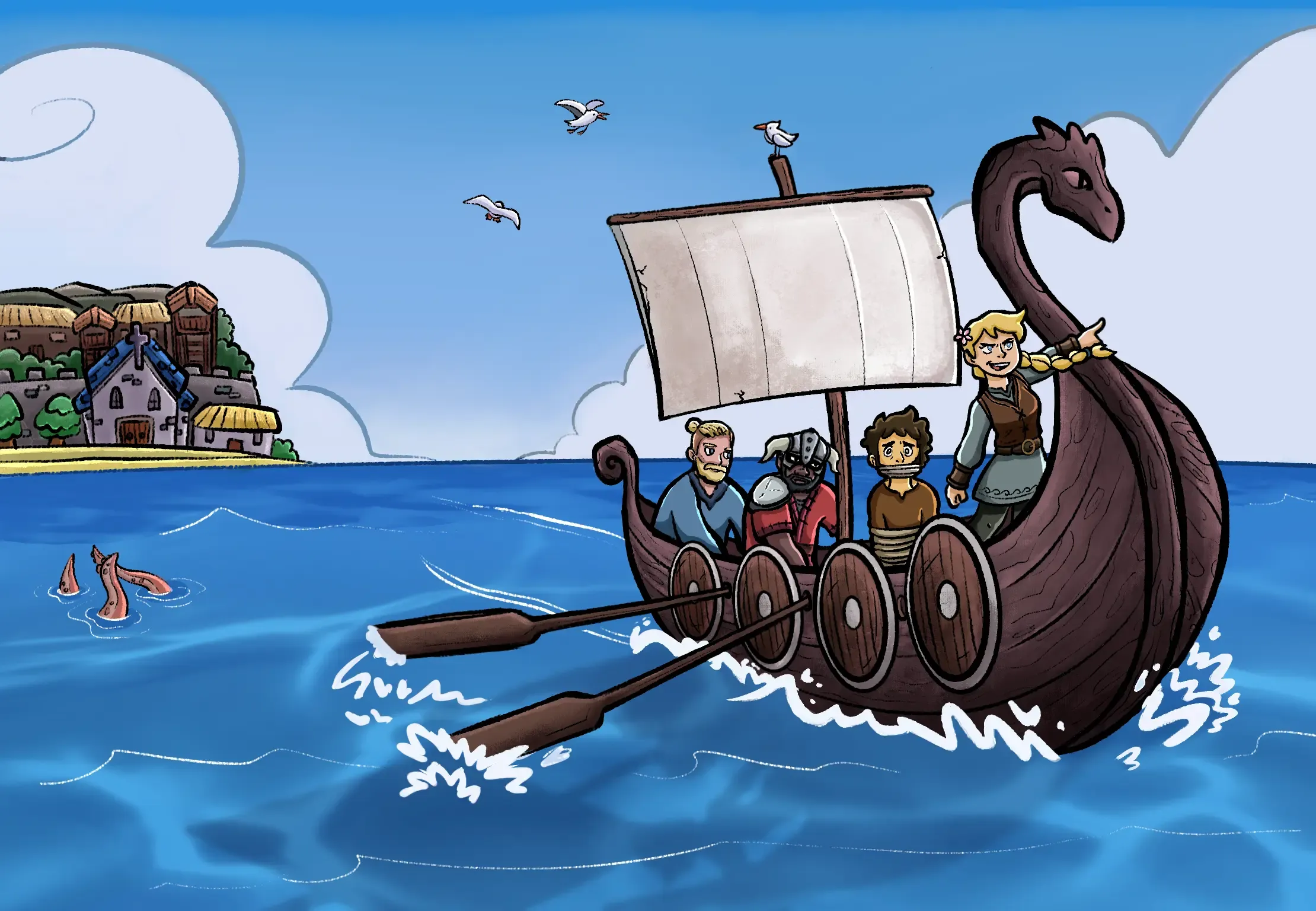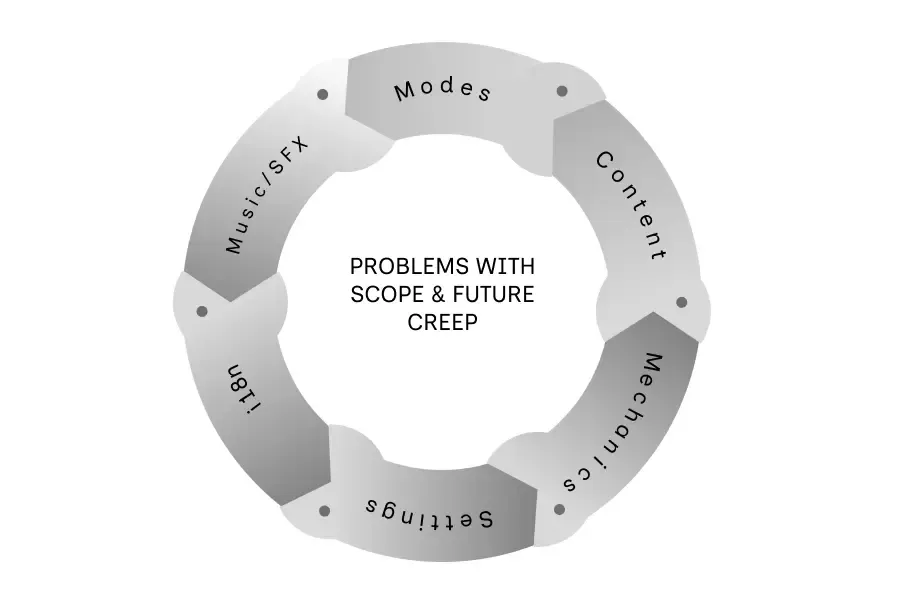Designing Games: Tips For Creating Emotional Player Experiences
A summary of the book "Designing Games" by Tynan Sylvester, exploring the emotional impact of game design and how it shapes player experiences.
Manuel Sanchez

I’m currently diving into the book “Designing Games” and I have to say, I’m absolutely loving it! I’ve decided to share some of my notes and key takeaways here.
Pages read: 80/400About the book
Imagine that you just finished your video game. Even though you created the mechanics (how to work), and you set the terrain for the events (how the world reacts to user’s input), you cannot control the emotions that players will feel. This is because emotions are subjective and depend on the player’s personal experiences and expectations, which leads to a possibility of misattribution of emotions.
Misattribution of emotions.
There’s a classic experiment mentioned where an attractive woman approached men on either a sturdy bridge or a shaky, scary one. Interestingly, the men on the unstable bridge called her back four times more often, confusing their fear-induced adrenaline for excitement. Similarly, players sometimes struggle to pinpoint exactly why they dislike certain aspects of a game because multiple stimuli interact simultaneously, triggering complex emotional responses.
More about emotion
The book also emphasizes that emotional responses in games arise primarily from shifts in human values. Only changes that move us between opposing states of these values truly resonate emotionally. Some examples include life/death, victory/defeat, friend/stranger/enemy, wealth/poverty, low status/high status, together/alone, love/ambivalence/hatred, freedom/slavery, danger/safety, knowledge/ignorance, skilled/unskilled, healthy/sick, and follower/leader.
For instance, in Minecraft, players regularly face zombie attacks at night. Successfully building a fort transforms their experience from danger to safety, providing immense relief.
In Street Fighter II, a kid initially loses tournament matches but persists, gradually improving. His journey from defeat to victory, ignorance to knowledge, and low status to high status makes these victories feel incredibly impactful.
In World of Warcraft, two players teaming up to defeat a monster can spark friendship. Joining a guild shifts their status from stranger to friend, from alone to together, making the experience deeply meaningful.
In Half-Life, the player navigates a dangerous underground lab invaded by monsters. Meeting and losing other survivors creates emotional highs and lows due to shifting states of companionship and isolation.
Here are some additional ways games evoke powerful emotions:
-
Emotion through Learning: Learning from defeat, recognizing better strategies, and imagining future victories generates excitement and hope.
-
Emotion through Character Arc: Players connect deeply with characters facing significant hardships or tough decisions, finding trivial choices boring but personal struggles captivating.
-
Emotion through Challenge: While challenge engages players, it’s not essential. Games like Sims or Minecraft succeed without clear objectives, demonstrating alternative emotional appeals.
-
Emotion through Social Interaction: Games like Counter-Strike trigger strong emotions through social dynamics, like being the last surviving team member. FarmVille similarly engages players through cooperative exchanges.
-
Emotion through Acquisition: Collecting items or hitting milestones provides a satisfying sense of accomplishment.
-
Emotion through Music, Spectacle, Beauty, and Environment: Music intensifies emotional engagement. Removing it diminishes the experience, while standalone listening can evoke vivid game memories. Varied environments like winter versus summer or jungle versus tundra shape the emotional tone.
-
Emotion through New Technology: Innovations in tech continuously expand emotional possibilities within gaming.
-
Emotion through Primal Threats and Instincts: Engaging primal fears or sexual instincts triggers intense emotional responses, enhancing immersion.
In short, game designers start by crafting a set of mechanics, which they enrich with a layer of representative fiction (the narrative, characters, and world-building). As players interact with these mechanics, a chain of events unfolds, tapping into emotional triggers in the players’ subconscious minds. These emotional responses blend together to create memorable experiences lasting moments, days, or even years. And finally, a game is the system used to generate these experiences.
We can see this connection in the next diagram.

Share article


